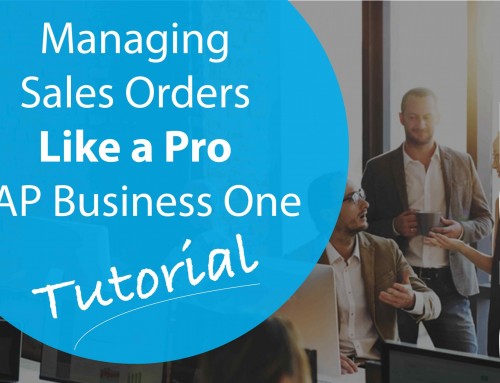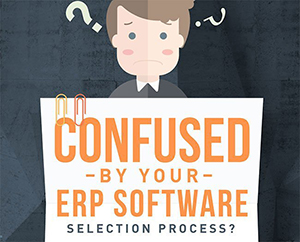Hassle-Free ERP Development – Selecting your Software Partner & Vendor
In our previous posts, “Implementing an ERP system Hassle-Free – Defining Your Destination” we have spoken about how to clearly define goals and earn “buy-in’ from multiple departments for a successful ERP development. This is a fundamental step to ensure your teams participate in the requirements definition phase.
Today, we are going to take this a step further and unpack some additional aspects of the requirement definition phase, selecting the right ERP partner and vendor.
“Hassle Free ERP Development – Selecting your Software Partner & Vendor” is the third of a 5-part infographic on the following topics;
- Part 1 – Growth or Graveyard – ERP and CRM Systems Can Drive Growth or Failure
- Part 2 – Defining Your Destination Before Starting the Journey
- Part 3 – Selecting Your Software Partner / Vendor and Software Application. Keeping the Relationship in Heaven, not the other place.
- Part 4 – Assuring a Smooth Lift Off with Everyone on Board
- Part 5 – Action and Reaction Steps
Key Takeaways
1 – Tried and Tested ERP – Don’t reinvent the wheel! Get a tried and tested ERP solution that organisations similar to yours are already using. You can discover what ERP systems work well for organisations of your type here.
More ERP Software selection criteria include:
Technical / Architecture Criteria
- What database is required to run the ERP solution?
- Is the database mainstream and globally supported?
- Is the solution scalable?
- Can the system be customised and if so what programming frameworks and languages can be used?
- Can third-party applications be integrated to the ERP?
- What add-on solutions are available?
- Can user-defined fields and tables be easily added to the solution?
- Is Cloud an option?
- How is remote access achieved?
Functional Requirements
Functional Requirements are usually specific to each company’s requirements – some examples include:
- Does the solution include multi-warehouse functionality?
- Is customer relationship management integrated to the rest of the ERP solution?
- Is recurring invoicing available?
Reporting
- Which reporting applications are integrated?
- How easy are the table and field names to understand?
- What standard reports are available?
- Is ODBC integration to MS Excel Pivot Tables available?
Data conversion
- How much data will be converted?
- Will only master data be converted?
- What format will data need to be presented in for data import?
2 – Selecting the right ERP Development Partner
What are the main criteria for choosing the right ERP Implementation company?
- Length of time in business – Seek a minimum of 5 years;
- Rating – Ensure a high level of accreditations with their current software suppliers;
- Assess their skills – Evaluate their training, support, project management and problem resolution capabilities.
Is the solution provider local?
- Have they installed systems in similar organisations with requirements that closely match yours?
- Are they a top-tier provider for the software solutions they work with? Top-tier solution providers tend to get access to better resources, faster problem solving and better support from the vendor.
- How experienced are the lead consultants, management of the implementation partner and project managers? The longer an implementation partner has been implementing the same line of software, the more secure they are with implementing it.
- How deep is their technical bench? Do they have several programmers, technical and applications consultants that can handle this project, and how much experience do they have?
- Can the solutions provider offer a turn-key installation or will they have to call in multiple subcontractors? While hiring sub-contractors are not always inadvisable, it is better for clients if a consultant has the resources to keep everything in the house.
3 – Other critical ERP development factors to be aware of
Critical factors for each stage: committee creation, evaluation process, defining the statement of work, project plan, scope and deliverables with a timeline.
- Set a time limit for the committee to reach a decision. 3 months or less is reasonable for small to medium businesses. More time will be required for a larger corporate.
- Include all departments in the committee and designate backup people for each department. This avoids delays when a department person is not available.
- Create a decision matrix that each committee member fills out with their concerns and a point rating system. By doing this, a decision can be quickly reached by numbers, as opposed to debating it without knowing the real criteria.
Conclusion
In this article, we have analysed the key ERP implementation aspects to consider during the vendor/partner selection phase.
In our next blog post “Assuring a Smooth Lift With Everyone Onboard” we are going to explore how to manage the integration challenges across departments.
Subscribe to our blog today and never miss a new post!








![How to Allocate User Licenses in SAP Business One 9.2 [DEMO VIDEO]](https://www.leveragebusinessone.com.au/wp-content/uploads/2017/09/Allocating-user-licenses-in-SAP-Business-One-9.2-scaled-500x383.jpg)


Leave A Comment